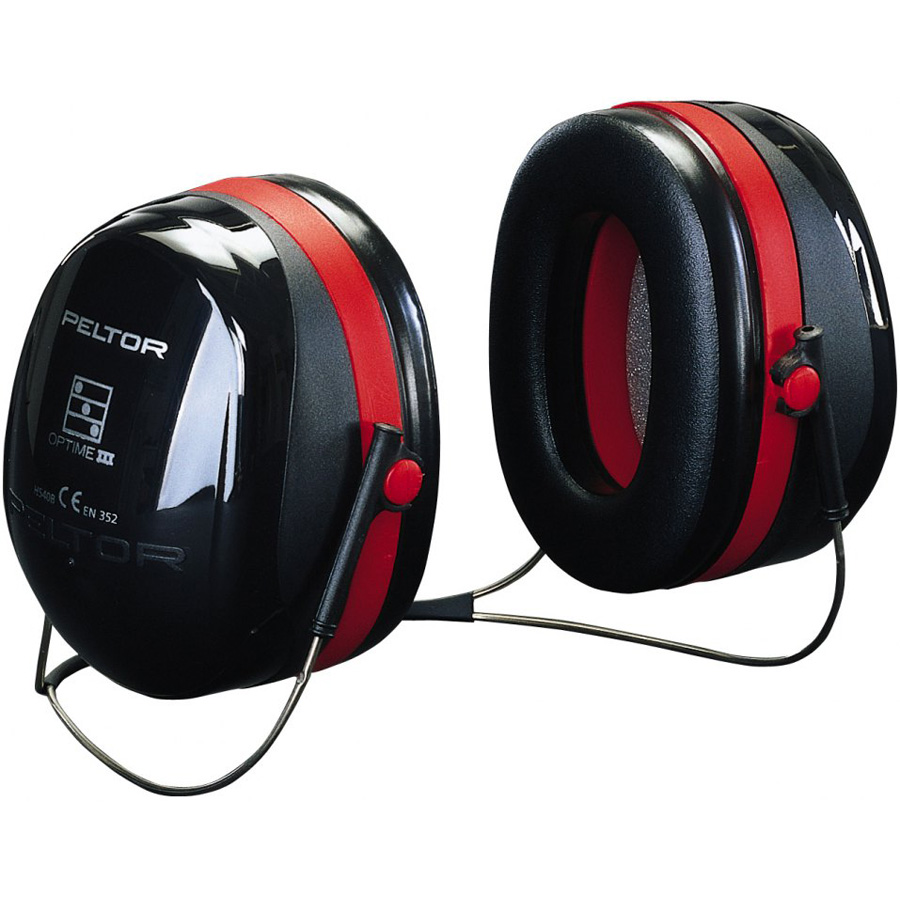
Videos such as the one below are a great place to start. However, there are ways to speed up the process! Of course, the longer you experiment with an EQ, the better your ears will get. You’ll quickly get an understanding of what “honky” means, and then you’ll spend the next few years of your life trying to get rid of it. If you’re confused as to what those sorts of terms might sound like, simply open up an EQ on a guitar track and boost those frequencies. This is partly because there’s no better way to describe them, and as producers we have all grown used to this terminology. When describing the effects of certain frequencies, we use words such as “honky” and “tinny”. Can often be removed in lower instruments to give room for your cymbals and vocals. Too much makes vocals sound very nasally.ĢkHz – 4kHz: Adds clarity to many instruments, and can help give your distorted guitars an extra crunch.ĤkHz – 10kHz: Depending on the instrument, the frequencies in this range can either add definition, brightness and attack, but also brittleness, harshness and sibilance.ġ0kHz – 20kHz: Brightness, shine and air.

Removing too much can leave many instruments sounding too thin.ġkHz – 2kHz: Sounds “tinny”. When learning to identify frequencies, it’s important to always keep in mind how removing or boosting a certain frequency would impact your mix.ĠHz – 40Hz: Deep rumble, usually inaudible.Ĥ0Hz – 100Hz: Low bass frequencies, often where the kick drum fundamental sits.ġ00Hz – 200Hz: Helps to add a “boominess” to most instruments if they are lacking in low end.Ģ00Hz – 400Hz: Boosting here will add a warmth and fullness to most instruments, especially vocals.Ĥ00Hz – 1kHz: Often quite “honky”, but can add clarity to the lower instruments. You’ll also be able to hear where your tracks are lacking, and make concious decisions as to which frequencies you want to boost to combat this. Simply put, if you can identify the horrible frequency you want to remove simply by listening, you can remove it without having to spend time finding it. How does being able to pinpoint a frequency help with EQing? So now that we understand the basics of the frequency range, let’s look at how ear training can improve our EQ process. That’s why on most EQ graphs, 20Hz – 1000Hz are spread out over the first half of the graph, then 1000Hz – 20,000Hz gets bunched together in the right half. Going from 100Hz to 200Hz is a massive difference, but going from 2100Hz to 2200Hz is a less radical change. So, the difference between the lower frequencies seems much larger. You can probably see the pattern – each octave is a doubling of the frequencies. This means that the gaps between the frequencies are larger or smaller depending on where you are operating on the scale.įor example, the octave above 80Hz is 160Hz. The next vital thing to understand is that the frequency spectrum uses a logarithmic scale. Age and high noise exposure will slowly deteriorate the sensitivity of your ears, as the tiny hairs in your ears that help to detect vibrations are killed off and do not grow back. Your hearing range will probably be slightly less than this. Most EQs will operate between 20Hz – 20,000Hz.

Luckily, it’s very easy to remember – it’s exactly the same as the range of human hearing. The first thing to know is the range of the frequency spectrum in your EQ. That way, when we have a guitar track with a horrible, honky frequency in it’s mid range, we’ll be able to quickly identify it and remove it without faffing around with surgical EQ!

We want to be able to hear a certain frequency and identify it. So, to be pedantic, it’s our brain that we really need to be training. The ears take incoming sound vibrations and turn them into a signal that our brain can read. We aren’t training our ears to identify frequencies – we are training ourselves to listen more effectively. The term “ear training” is actually somewhat misleading. But, of course, they have been training their ear for years in order to effectively use such an EQ.īefore we get onto ear training, make sure you’re familiar with the basics of how and why we use EQ. That way, they simply listen and make changes. Many producers prefer to use an EQ that doesn’t utilise a graph for this very reason. However, we want to try and reduce our dependency on our eyes. Plus, with surgical EQ, you can spend time hunting down the specific frequency you want to get rid of – you don’t need to instantly know what it is. Of course, it doesn’t take long to figure out the difference between 100Hz and 4000Hz. Without first training your ear, how do you know whether you need more 100Hz or less 4kHz? When you first open an EQ, it can seem quite daunting.


 0 kommentar(er)
0 kommentar(er)
